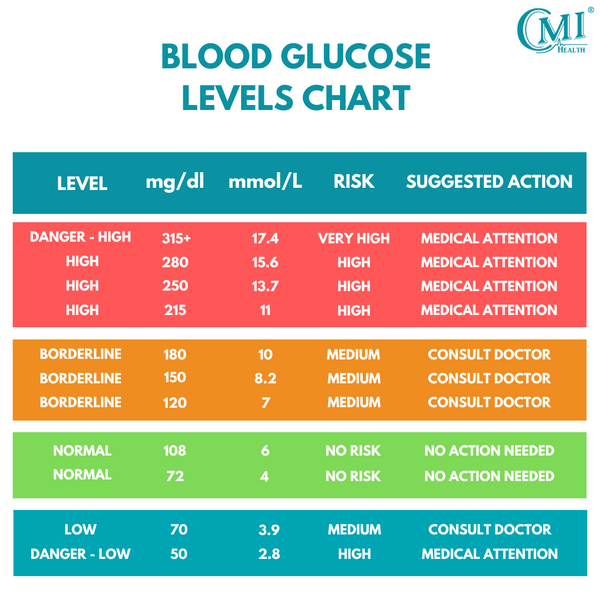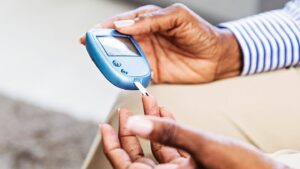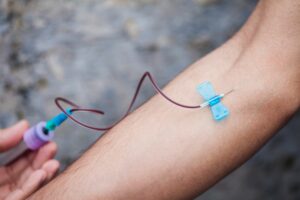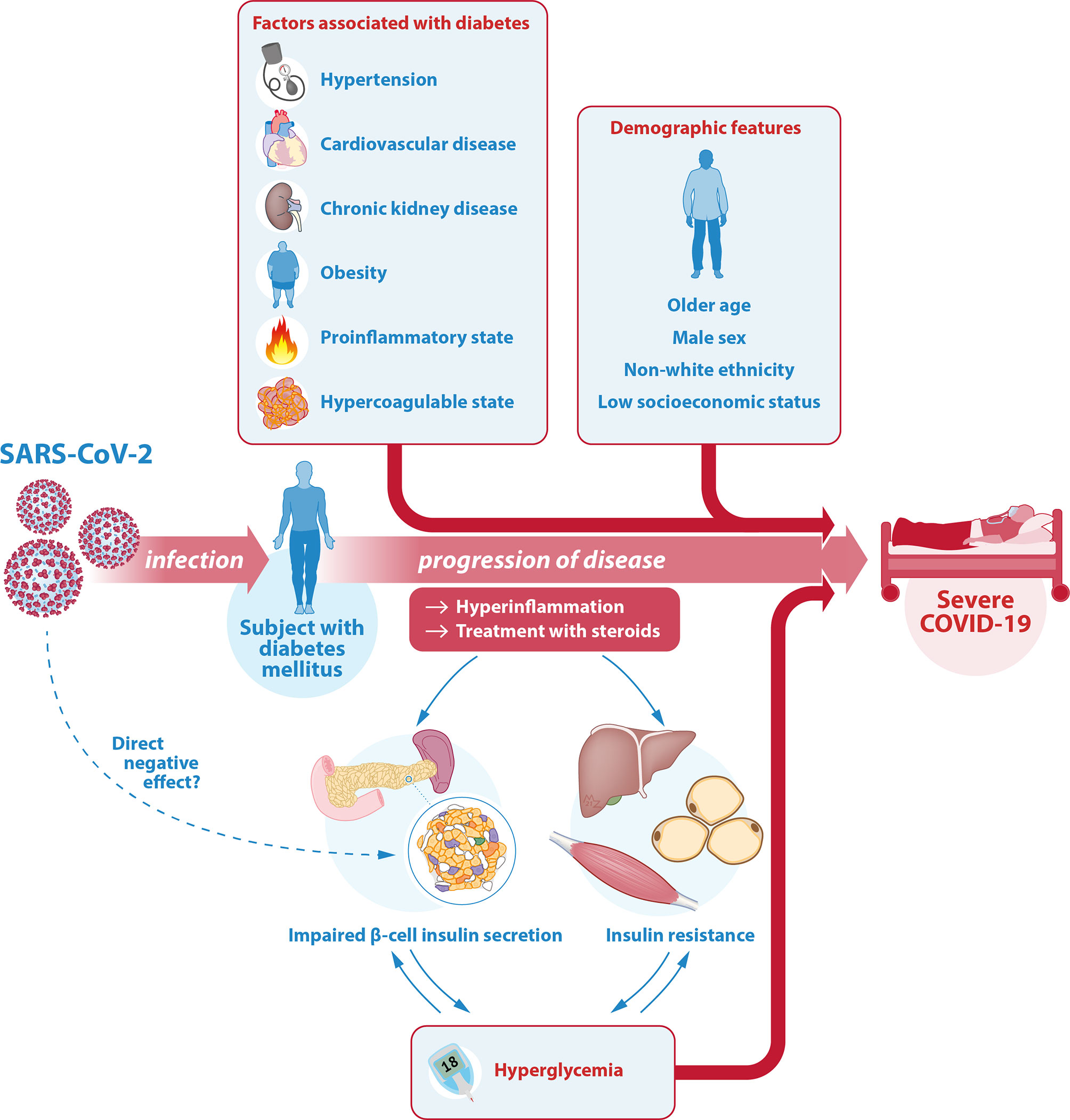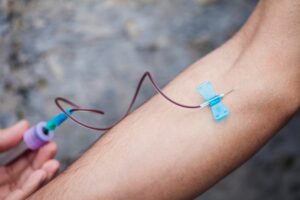As a vital component of our overall health, understanding blood sugar levels is crucial for managing various health conditions, particularly diabetes. But what exactly is considered normal blood sugar? Let’s delve into the topic and explore the recommended ranges for blood sugar levels.
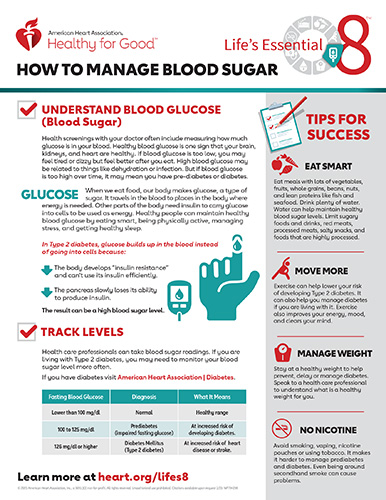
Credit: www.heart.org
Table of Contents
Blood Sugar Chart: What’s the Normal Range for Blood Sugar?
In order to understand blood sugar levels, it’s important to reference a blood sugar chart. The chart below provides the normal blood sugar levels for adults with diabetes:
| Time of Measurement | Blood Sugar Range (mg/dL) | Blood Sugar Range (mmol/L) |
|---|---|---|
| Fasting | 70-130 | 3.9-7.2 |
| After Meal | Below 180 | Below 10.0 |
Note: These values may vary depending on individual factors and should be discussed with a healthcare provider. It’s important to remember that blood sugar levels can fluctuate and may require regular monitoring.
Understanding Blood Sugar Levels
Blood sugar levels are measured in either milligrams per deciliter (mg/dL) or millimols per liter (mmol/L). Both units of measurement give us a better understanding of our blood sugar levels throughout the day.
For non-diabetic individuals, a normal blood sugar level typically falls within the following ranges:
- Fasting: 70-100 mg/dL (3.9-5.6 mmol/L)
- After Meal: Below 140 mg/dL (Below 7.8 mmol/L)
It’s important to note that these ranges may vary slightly based on age and individual circumstances. Consult with a healthcare professional for personalized advice.
Why is Monitoring Blood Sugar Important?
Monitoring blood sugar levels is essential for individuals with diabetes. By keeping blood sugar within recommended ranges, you can reduce the risk of short-term complications such as hyperglycemia and hypoglycemia, as well as long-term complications related to diabetes.

Credit: www.healthline.com
How to Check Your Blood Sugar
There are two common methods for checking blood sugar levels:
- Blood Sugar Meter (Glucometer): A portable device that measures sugar levels in a small blood sample, usually taken from the fingertip.
- Continuous Glucose Monitor (CGM): An innovative device that uses a sensor inserted under the skin to measure blood sugar levels regularly throughout the day.
It’s important to note that if you are using a CGM, regular calibration with a blood sugar meter is required to ensure accuracy.
When and How Often to Check Blood Sugar
The frequency of blood sugar monitoring depends on individual circumstances and the type of diabetes:
- Type 1 Diabetes: Insulin-dependent individuals should monitor blood sugar levels multiple times a day, including before meals, after meals, before bedtime, and during exercise.
- Type 2 Diabetes: Non-insulin-dependent individuals may need to monitor blood sugar levels as determined by their healthcare provider, which could be daily or less frequently.
Consult with your healthcare provider to determine the appropriate testing schedule for your specific needs.
Frequently Asked Questions Of Blood Sugar What Is Normal : Understanding Healthy Glucose Levels.
What Is A Normal Blood Sugar Range?
The normal blood sugar range for adults is typically between 80-130 mg/dL before meals.
Is Blood Sugar Of 135 High?
A blood sugar level of 135 is slightly elevated but not considered high. It may indicate impaired glucose tolerance. Regular monitoring and lifestyle changes may be recommended.
Is 200 Blood Sugar Normal After Eating?
A blood sugar level of 200 after eating is higher than the normal range. Normal blood sugar after a meal is typically below 180 mg/dL. Such levels may indicate prediabetes or diabetes. Maintaining healthy post-meal blood sugar levels is important for overall health.
What Is A Normal Blood Sugar Level For A Non Diabetic Person?
A normal blood sugar level for a non-diabetic person ranges between 80-130 mg/dL.
Conclusion
Understanding blood sugar levels is crucial for managing diabetes and overall health. By knowing the recommended ranges and monitoring levels regularly, individuals can make informed decisions and take necessary steps to keep blood sugar within a healthy range. Remember to consult with your healthcare provider for personalized advice and guidance.


